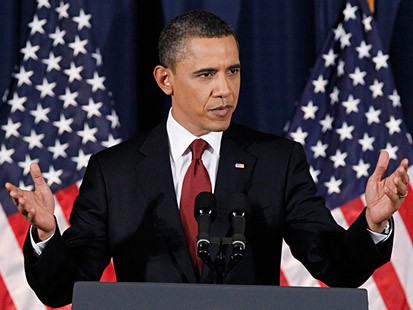
Once World War II was over and the Axis countries defeated, European countries — including Britain, France and later the Soviet Union, plus others — spent years dedicating a great effort to reconstructing the physical infrastructure that was totally destroyed. As a punishment, the Allies imposed on the defeated some conditions to prevent them from ever representing a danger to the world again. Germany was divided into two parts: one that entered the Western orbit of democracy and capitalism, and one that became part of the so-called Soviet bloc, a wide region of Russian hegemony and subservience from once-independent countries turned into puppets in the service of Moscow. This was the motto used by the West against the USSR until the Cold War ended in 1989.
What Nazi Germany represented to the countries and peoples of Europe, Japan represented to Asian countries. Long before World War II, the Land of the Rising Sun, as Japan was known, used totalitarian politics, especially in its occupation of Korea and China. Defeated by the U.S. and becoming the target of the only two nuclear bombs ever used in a war, Japan had to bend to the will of the victorious. It signed an armistice and agreed to let America occupy and build naval forces in its territory; it also gave up on having offensive attack forces. In practice, Japan accepted living under the political, economic and military supervision of the USA.
This way, the U.S. was the only country to emerge from the war with virtually no major material damage within its territory, incurring only damages related to equipment or the military. The country could ease into its new position within the new, post-war map of world power, being comparable and later, superior to the Soviet Union. The world between the late 1940s and late 1980s lived under the division of the Cold War, with the U.S. and its allies on one side and the Soviet Union and its friends on the other. All regions of the planet became theatres of operation and war zones. The regional conflicts in Latin America, Asia and Africa all occurred against the backdrop of an ideological war in which technology, economics, sports, arts, culture, religion and all other dimensions of human life were interpreted according to capitalism/democracy versus socialism/communism. The latter was associated with totalitarian government and the loss of economic and political freedom.
During a little more than four decades, all of the American presidents presented to voters, the general population and the rest of the world — including allies and adversaries — their policies and strategies related to international issues, especially those relating to war and peace. The first test of the struggle for hegemony between the two blocs occurred in the Korean War between 1950 and 1953, which resulted in millions of deaths, destruction of infrastructure in the country and division of the same into two nations, the North living under the Soviet (later Chinese) orbit, and the southern part going into the American orbit, a situation that remains at an impasse still today.
This also happened during the Kennedy administration, when Fidel Castro allowed Russia to install nuclear warheads in Cuba, eventually having to take a firm stand before the U.S. president and making it appear as though a nuclear war was imminent. History is replete with examples of such clashes and conflicts during these decades.
With the end of the Cold War, regional conflicts cause concern for the only remaining superpower. The alternation of power between Democrats and Republicans in the United States has not significantly changed the U.S. position with regard to localized conflicts and some direct interventions, whether unilaterally decided or under the cloak of decisions made by the U.N. Security Council. Regardless of who the current president in the White House is, the composition of the American Congress or the details that consolidate the international policy and strategy, the doctrine is the same: to ensure U.S. hegemony in the balance of world power and to maintain America’s internal and external interests.
Bush, both father and son, became known for the wars in Iraq and Afghanistan. Obama, after managing to eliminate bin Laden, wishes to be remembered in history as the champion for peace, both among Arab countries and in relation to the historic, ancient conflict between Arab Palestinians and Jews. Even with strong opposition from American Jewish groups and the government of Israel itself, Obama insists on being the architect of negotiated peace, ensuring the existence of the state of Israel and paving the way for the creation and establishment of a Palestinian state without the participation of groups considered terrorists. The big twist in this “doctrine” is the border issue. Obama insists on establishing the “status quo” before the 1967 war. Domestic opponents and Israel do not accept this return and are unwilling to negotiate territories conquered in the Six Day War.
Gradually, Obama tries to redefine the grand American strategy for maintaining the U.S. position of power and influence around the world. Many things will still happen, and this is crucial to his re-election next year. There is still a lot of water to go under this bridge!

Leave a Reply
You must be logged in to post a comment.